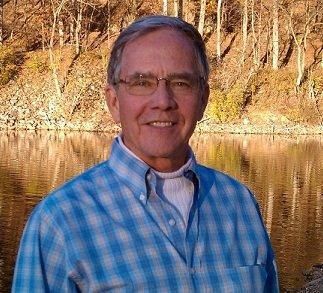Heart-stopping facts your mom wishes you knew
Published 12:00 am Saturday, July 26, 2014
Readers of my column know that I usually talk about solving national problems by local action. Today I will reverse that — we have a problem with too many local solutions, and we need a national one. The reasons for that will break your heart.
Every year, heart disease causes one in every four deaths in America. 720,000 Americans have a heart attack annually. Half of these heart attacks occur at home, at church, the movies or supermarket, often in the company of loved ones who don’t know a simple life saving technique called CPR.
If given quickly, CPR can double or triple a person’s chance of survival. CPR is given to only about a third of the heart attack victims outside a health-care facility. This lack of CPR contributes to the fact that fewer than one in 12 helpless loved ones survives.
Ignorance about how to do CPR, or lack of willingness to help, can kill your loved ones.
The odds of a woman dying from heart attack are much greater than is commonly believed. Heart disease is the leading cause of death of American women, causing a third of all deaths— an annual death rate five times greater than breast cancer.
Lowering the death rate from a heart attack in progress is pretty simple. The heart attack does not kill you. When the heart stops, the lack of fresh blood being pumped to the brain does that. Permanent brain damage begins around four minutes once the heart stops pumping. But if immediate 2-inch pumping on the chest, at a rate of more than 100 times a minute, is taken in those four minutes, anguished phone calls can be avoided.
From the time 911 is called until trained emergency personnel begin treatment (not simply arrive on the scene) is usually more than eight minutes. If it takes eight minutes from receipt of the phone call for the first responders to begin treatment and the brain begins to die in four minutes, bystanders and loved ones must act, even if it means pumping on an unknown female’s chest.
There are three opportunities to save more of our loved ones. The first is training people how to pump the chest while someone else calls for help. The second is to have a national ethic that when someone’s life is in danger, you act. And the third is to remove a major cause of the fear that blocks action.
It turns out that sometimes people who know how to do CPR and see a stranger having a heart attack do not pitch in because of the fear of being sued. Such lawsuits are quite rare (and losing them even rarer), but the fear of them is common. Texas even has a law that says you cannot be forced to help another person if you don’t want to, even at no risk to yourself!
In efforts to remove the fear of a lawsuit, thousands of states, cities and towns have passed a hodgepodge of what are called “good Samaritan laws” which protect the volunteer who steps up to help. A few states have “failure-to-act” laws that require all citizens to assist a victim in need as long as they don’t endanger their own lives and protect these “good Samaritans” from lawsuits when they do.
Numerous studies have shown that the average adult reads around 200 words per minute. You just read almost 800 words — so about four minutes have passed since the headline caught your eye. If someone you loved had fallen over when you started reading this article, unless you or someone else acted in a trained manner, your loved one would be either approaching death, or be dead.
So let’s act together for the common good and the good of our loved ones. Get trained in CPR — it takes about two hours. And let’s remove all the fear and confusion out there about being sued by passing one national standard “Good Samaritan” law that encourages everyone to take action if needed.
This may fly in the face of current political trends toward reducing federal influence at the local level, but I am willing to bet that this resistance would melt if it was the politician’s mother on the floor.
To see the sources of facts used in this article, and learn of other successful money and life saving programs that can be implemented locally to create a better future for our country, go to www.TheOptimisticFuturist.org


